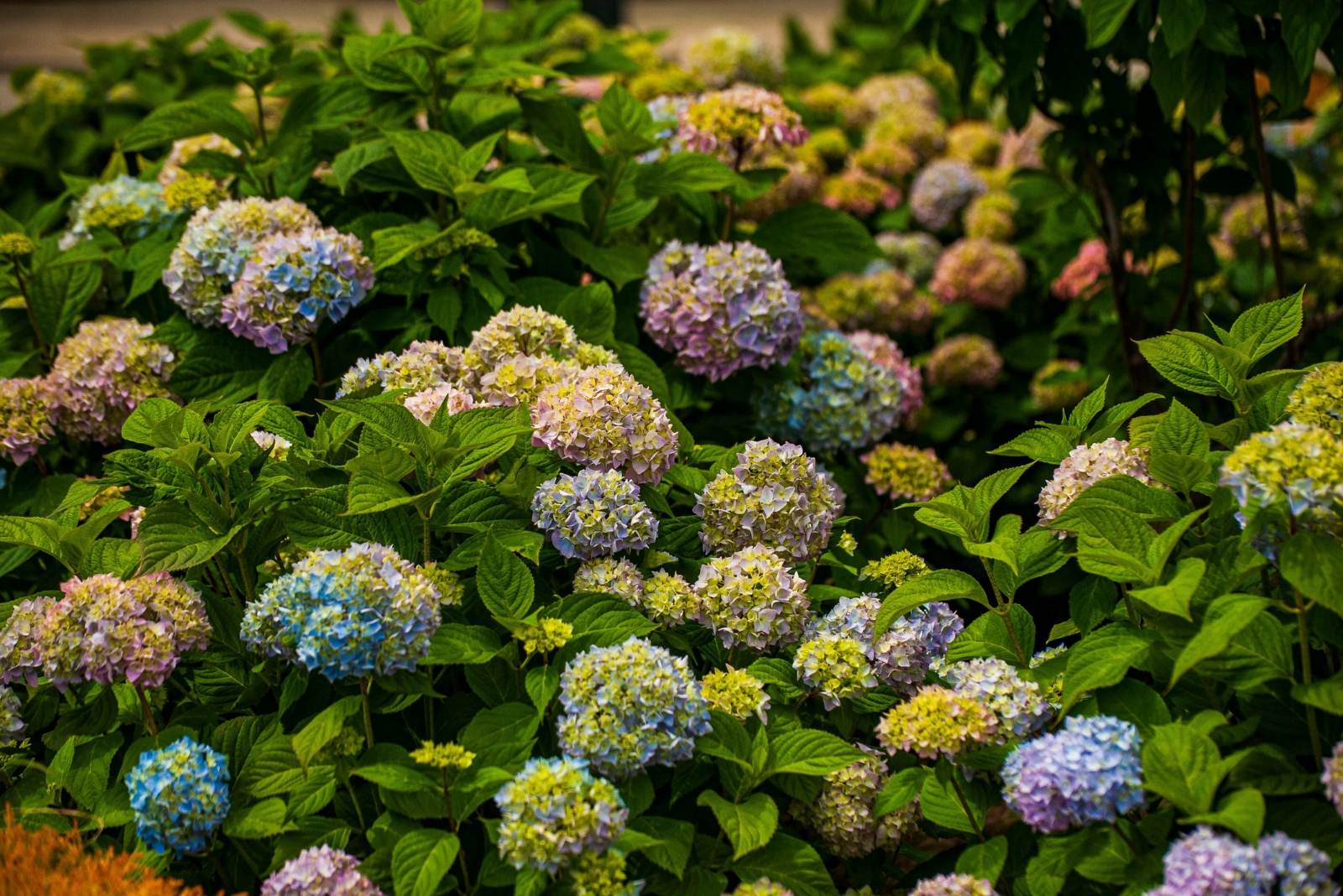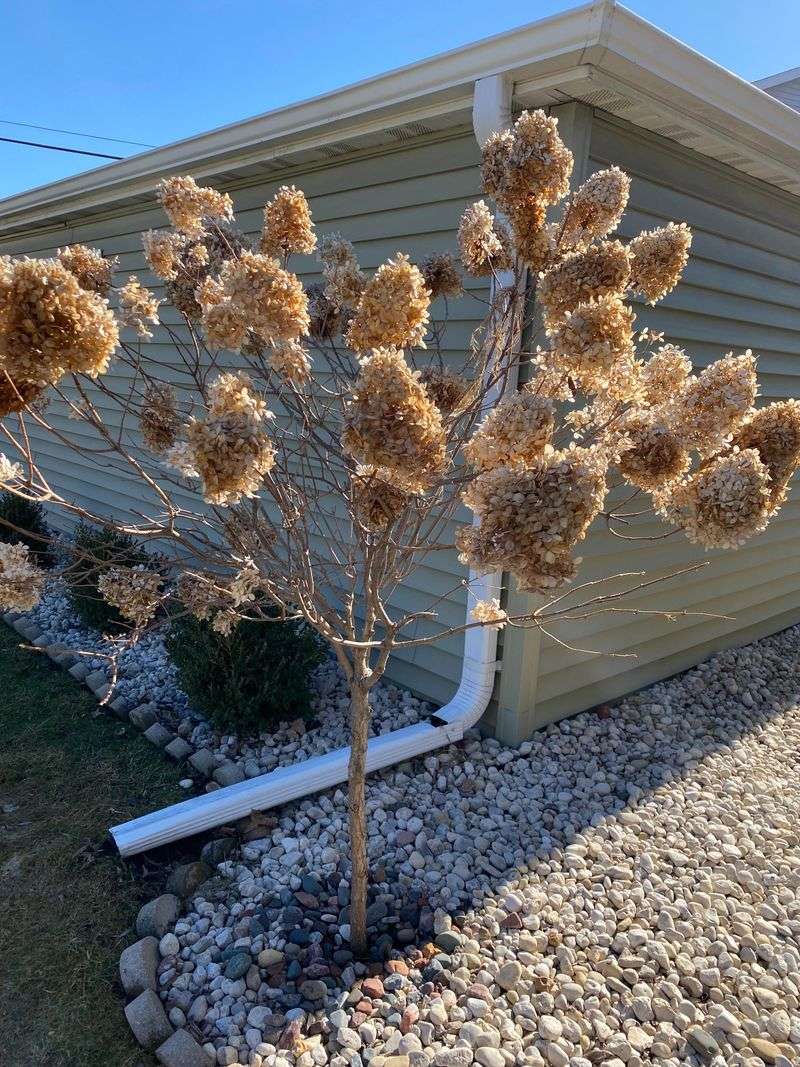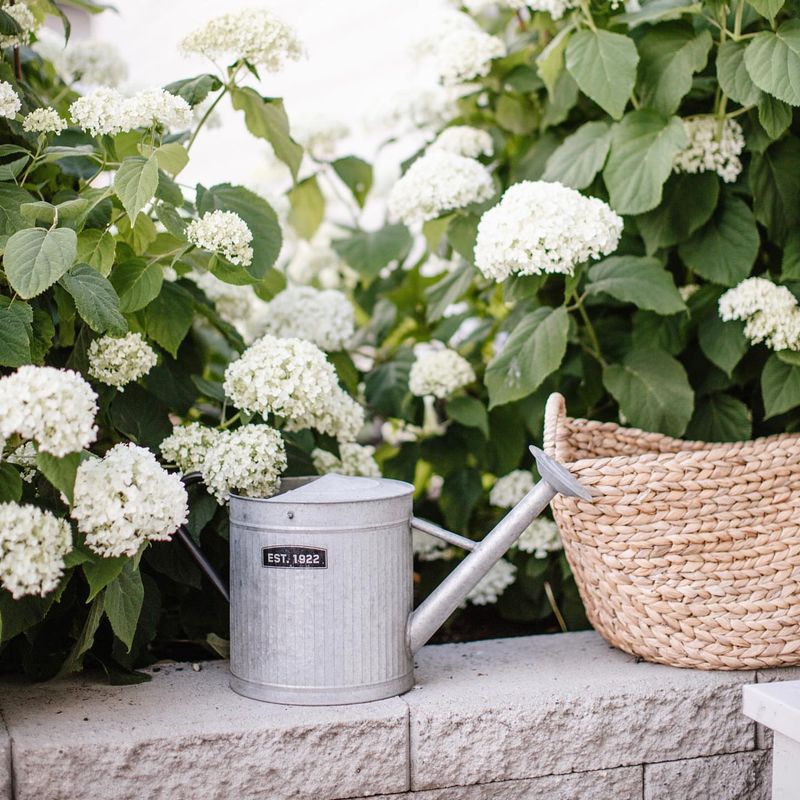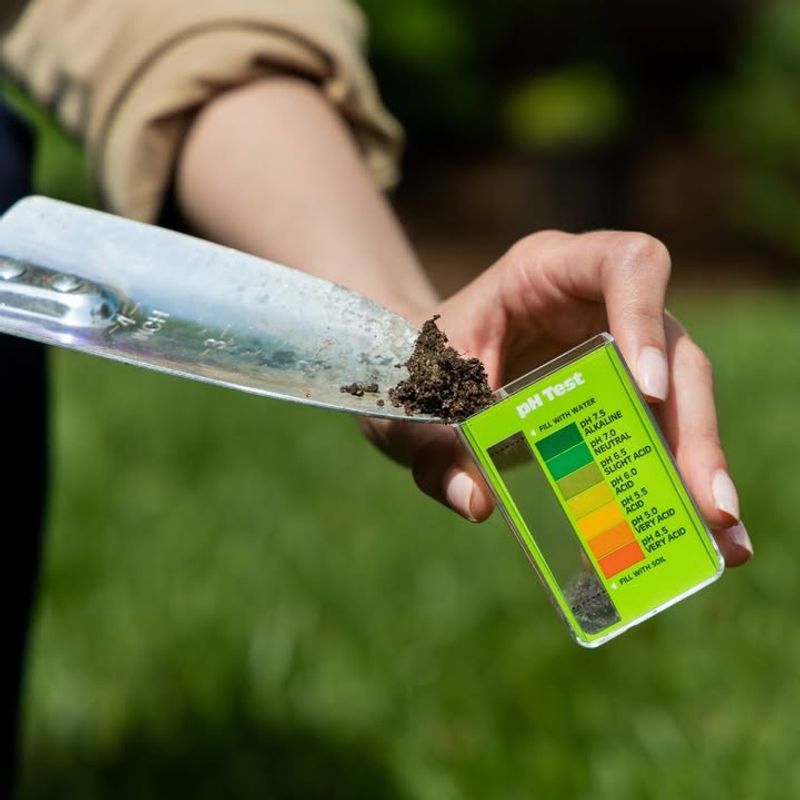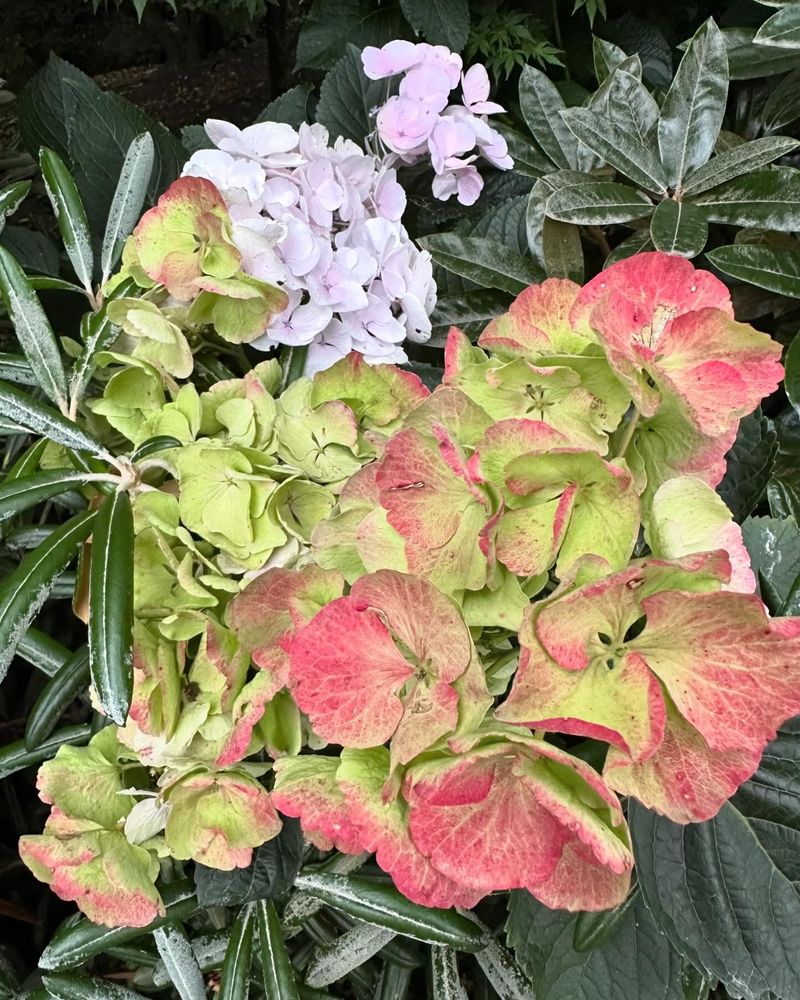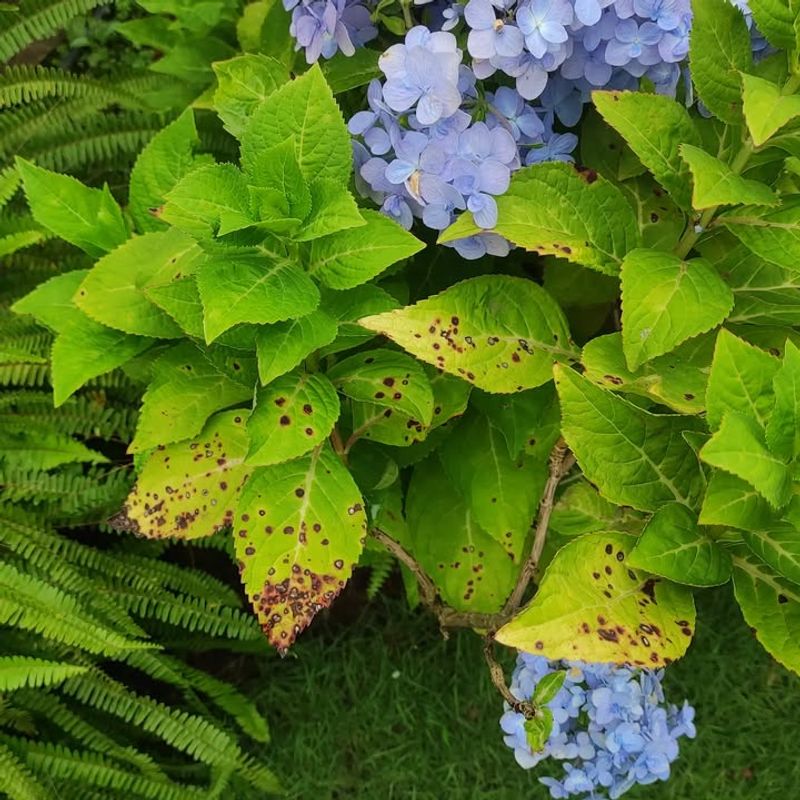October brings a critical time for Indiana hydrangea growers who want their plants to thrive next spring. The cooler temperatures and changing season signal that it’s time to prepare your hydrangeas for the harsh winter months ahead.
Taking action now can mean the difference between vibrant blooms and struggling plants when warm weather returns. Follow these essential tips to give your hydrangeas the best chance at success.
1. Prune Dead Wood And Spent Blooms
Dead branches and faded flower heads need removal before winter on Indiana sets in. Grab your clean pruning shears and carefully cut away any brown, brittle stems that won’t survive the cold.
Focus on clearing out damaged growth while leaving healthy green wood intact. This prevents disease from spreading and helps your plant direct energy toward strong branches.
Remember not to cut too much, especially on varieties that bloom on old wood like bigleaf hydrangeas.
2. Apply Protective Mulch Layer
A thick blanket of mulch acts like a cozy winter jacket for hydrangea roots. Spread three to four inches of organic material such as shredded bark, compost, or dried leaves around the base of each plant.
Keep the mulch a few inches away from the main stems to prevent rot and fungal problems. This protective layer helps maintain consistent soil temperature and locks in precious moisture.
Your hydrangeas will thank you when spring arrives in Indiana!
3. Water Deeply Before First Freeze
Hydrangeas need one final deep drink before temperatures plummet and the ground freezes solid. Well-hydrated plants handle winter stress much better than thirsty ones.
Give each plant a slow, thorough soaking that reaches down to the root zone. Check the weather forecast for Indiana and aim to complete this task before your area’s first hard freeze arrives.
Moist soil also insulates roots better than dry ground during cold snaps.
4. Check And Adjust Soil pH
Soil acidity directly affects hydrangea bloom color and overall plant health. October offers an ideal window for testing and adjusting pH levels before winter dormancy begins.
Pick up an inexpensive soil test kit from your local Indiana garden center and follow the instructions carefully. Add lime to raise pH for pink blooms or sulfur to lower it for blue flowers.
Making adjustments now gives amendments time to work into the soil.
5. Protect Tender Varieties With Burlap
Some hydrangea types can’t handle Indiana’s bitter winter winds and freezing temperatures without extra help. Bigleaf and oakleaf varieties especially benefit from physical barriers against harsh weather.
Create a simple windbreak by driving stakes around the plant and wrapping burlap loosely around them. Avoid plastic covers that trap moisture and cause rot.
This shield blocks damaging winds while allowing air circulation throughout winter months.
6. Stop Fertilizing Immediately
Feeding hydrangeas now would be like serving coffee right before bedtime. Plants need to slow down and prepare for dormancy, not produce fresh growth that winter will kill.
Any new tender shoots triggered by fertilizer won’t have time to harden off before freezing temperatures arrive. Put away all fertilizers until spring returns and growth naturally resumes.
Your patience now prevents unnecessary damage and wasted plant energy later.
7. Inspect For Pests And Disease
Hidden problems can multiply over winter if left unchecked during October. Walk around each plant and look carefully for signs of insects, fungal spots, or other issues lurking on leaves and stems.
Remove any infected plant material and dispose of it away from your Indiana garden. Treating problems now prevents them from returning stronger when spring arrives.
Clean plants enter winter dormancy healthier and more resilient against stress.

